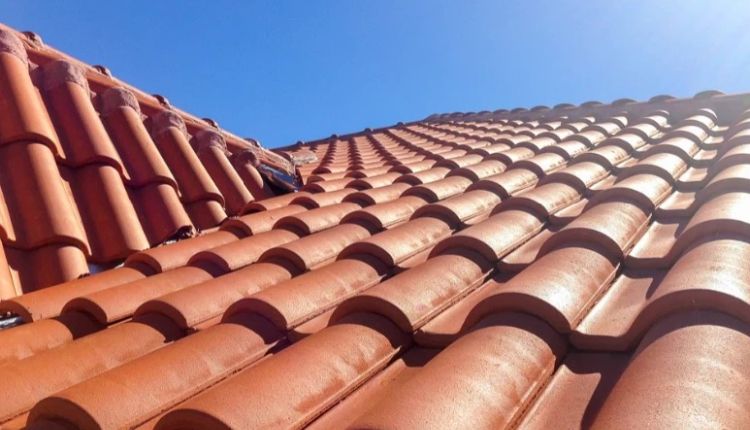Most homeowners assume their roof will last forever—or at least until they move. The reality is that every roof has a lifespan, and it’s often shorter than people think. Climate, installation quality, and even the type of ventilation you have can make the difference between a roof lasting 15 years or stretching past 40. Knowing what to expect helps you plan smarter and avoid expensive surprises.
The Average Lifespan of Common Roof Types
Different materials perform differently, and their longevity is shaped by how they’re maintained.
- Asphalt shingles: 15–30 years depending on grade and exposure.
- Metal roofing: 40–70 years with proper care.
- Wood shakes: 20–40 years, but require regular maintenance.
- Slate and tile: 75–100 years, often outlasting the house itself.
- Composite shingles: 30–50 years with balanced durability and style.
These numbers are averages, not guarantees. A poorly installed slate roof can fail in 10 years, while a well-installed asphalt roof with proper maintenance may last longer than expected.
Why Installation Quality Is Everything
The best shingles in the world won’t protect your home if they’re nailed incorrectly or placed on a weak foundation. Poor workmanship often causes premature failure long before the materials themselves wear out. That’s why working with certified professionals matters so much.
Even small details, like how flashing is layered or how vents are sealed, play a huge role in preventing leaks. A roof built right from day one lasts years longer, saving money in the long run.
How Climate Shapes Lifespan
Where you live directly impacts how long your roof will serve you:
- Hot, sunny climates: UV rays accelerate shingle deterioration.
- Cold, snowy regions: Ice dams and freeze-thaw cycles damage edges.
- Wind-prone areas: Gusts lift shingles and break seals.
- Humid climates: Mold, moss, and algae weaken roofing materials.
Your region’s climate may shave years off or extend the life of your roof compared to “textbook” averages.
The Role of Attic Ventilation
Your attic is just as important as your shingles. Poor ventilation traps heat and moisture, which bakes shingles from below and causes rafters to rot. Balanced airflow—cool air entering through soffits and warm air leaving through ridge vents—prevents these issues. Proper ventilation can add a decade or more to a roof’s life.
Upgrades That Add Years
Replacing a roof is a major project, so many homeowners choose to combine it with improvements that extend its lifespan or enhance functionality. One common addition is dormers installation. Dormers add both usable space and proper ventilation, while also improving the roof’s ability to shed water effectively.
Other upgrades include:
- Ice and water shields in vulnerable areas.
- Higher-grade underlayment.
- Impact-resistant shingles for hail-prone regions.
- Improved flashing systems around chimneys and skylights
These investments pay off by protecting the roof structure and delaying the next replacement.
Signs Your Roof’s Time Is Running Out
You don’t have to wait for leaks to know your roof is aging out. Warning signs include:
- Shingles curling or cupping.
- Excessive granule loss clogging gutters.
- Sagging rooflines or soft decking.
- Persistent leaks despite repairs.
- Rising energy bills due to poor insulation and ventilation.
When you spot these indicators, it’s often more cost-effective to plan a full replacement rather than continue with piecemeal repairs.
Planning Ahead Saves Stress
Replacing a roof is never cheap, but budgeting in advance makes it manageable. Start evaluating your roof’s age, materials, and condition now. If you know your asphalt shingles are in year 20, begin preparing financially. That way, you won’t be blindsided by an emergency replacement after a storm.
A new roof is not just an expense—it’s an investment in safety, energy savings, and peace of mind. By understanding the true lifespan of your roof and planning for the future, you avoid both surprise costs and stressful last-minute decisions






